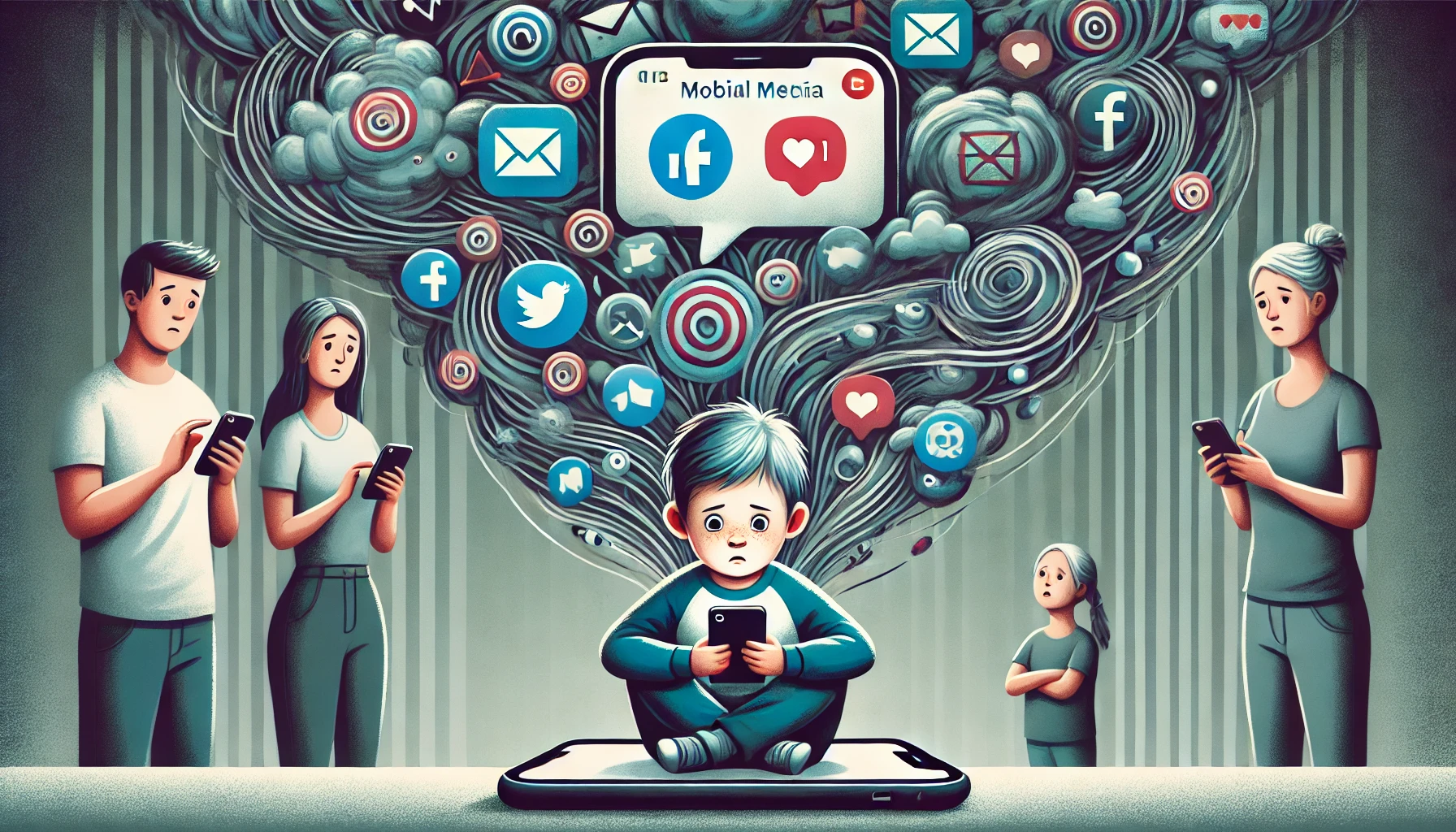Best Practices for Microservices

Microservices help build big applications by dividing them into small, independent parts. Each part does one job and communicates with others through APIs.
Companies like Netflix, Amazon, and Uber use microservices to handle millions of users. To build a good microservices system, follow these best practices.
1. Use a Separate Database for Each Microservice
Each microservice should have its own database. This makes it independent and avoids data conflicts.
✔ No data mixing between services
✔ Easier to manage and scale
🔹 Example: Amazon’s payment and order systems have separate databases to work smoothly.
2. Keep All Services at the Same Level
All microservices should be updated and maintained regularly. This avoids problems when they communicate with each other.
✔ Prevents compatibility issues
✔ Keeps the system stable
🔹 Example: Netflix updates all its services together to avoid errors.
3. Build and Deploy Each Microservice Separately
Each microservice should have its own build and deployment process. This allows you to update one service without affecting others.
✔ Faster updates
✔ Fewer system failures
🔹 Example: Uber updates its ride-matching service without stopping payments or navigation.
4. Keep One Responsibility for Each Service
Each microservice should do only one job. This makes it easy to manage, fix, and improve.
✔ Simple and clear structure
✔ Easy to test and update
🔹 Example: Spotify has different services for playlists, streaming, and user accounts.
5. Use Containers for Deployment
Deploy each microservice inside a container like Docker. Containers keep services separate and easy to manage.
✔ Easy to move and scale
✔ Works the same on any server
🔹 Example: Netflix runs thousands of containers to manage streaming services.
6. Keep Servers Stateless
Microservices should not store user data on the server. Use a database or cache instead.
✔ Makes scaling easy
✔ No data loss when restarting servers
🔹 Example: Facebook stores user sessions in Redis instead of saving them on servers.
7. Design Services Based on Real Business Needs
Each microservice should match a real-world business function. This makes the system more useful and organized.
✔ Clear roles for each service
✔ Easier to scale and improve
🔹 Example: In an online store, there are separate services for orders, payments, and deliveries.
8. Use Micro Frontends
Just like backend services, the frontend should also be divided into smaller parts. Each part should match its microservice.
✔ Faster updates
✔ Better performance
🔹 Example: Amazon’s product page, cart, and recommendations all have different frontend services.
9. Use Tools to Manage Microservices
Managing microservices manually is difficult. Use tools like Kubernetes to automate tasks.
✔ Auto-scaling when needed
✔ Handles failures automatically
🔹 Example: Google uses Kubernetes to manage millions of search requests smoothly.
Pros and Cons of Microservices
✅ Advantages
✔ Scalable: Grow each service separately
✔ Flexible: Use different technologies for different services
✔ Fast Development: Teams work on different services at the same time
✔ Reliable: If one service fails, others keep working
❌ Disadvantages
⛔ Complex: Managing many services is harder than one big system
⛔ Data Issues: Keeping data consistent across services is tricky
⛔ Higher Costs: More services mean more resources are needed
Best Tools for Microservices
| Tool | Purpose | Used By |
|---|---|---|
| Docker | Run services in containers | Netflix, PayPal |
| Kubernetes | Manage microservices | Google, Airbnb |
| Redis | Store session data | Facebook, Twitter |
| API Gateway | Manage service communication | Amazon, Uber |
| Grafana | Monitor system health | LinkedIn, eBay |
Common Mistakes to Avoid
❌ Mixing Responsibilities: Each service should do only one job
❌ Sharing Databases: Each service should have its own database
❌ Skipping API Gateway: Use an API gateway to control communication
❌ Ignoring Security: Protect services with authentication and authorization
❌ Not Using Automation: Automate deployments with CI/CD tools
Tags
We are Recommending you:
- SQL vs. MongoDB
- Convert a .pem file into a .ppk
- Indian currency INR symbol on pdf using dompdf
- ChatGPT vs. DeepSeek: A Simple Comparison
- Git Commands: A Complete Guide for Developers
- The Developer’s Guide to Debugging WordPress Like a Pro
- Mastering Git: 3 Hidden Commands Every Developer Should Know
- Top VS Code Extensions for 2025 – Super Easy Picks!
- REST API - Response Codes and Statuses
Leave a comment
Comments

Master Your Time with the 80/20 Rule: A Simple Guide
Master Your Time with the 80/20 Rule: A...

Get Control of Your Time: 6 Easy Ways to Do More
Get Control of Your Time: 6 Easy Ways...

10 Inspiring Success Stories of Indian Entrepreneurs in 2025
India’s startup space is booming in 2025....

10 Inspiring Success Stories of Indian Entrepreneurs in 2025
India breeds dreamers who build empires....

5 Lesser-Known WordPress Plugins to Supercharge Your Website in 2025
WordPress powers millions of websites, and...

7 Advanced Tricks to Optimize Website Performance in 2025
In 2025, a fast website isn’t...

How Mobile Reels Are Harming Children & What Parents Can Do
Is Mobile Reels Harming Our Children? Here's...

Custom Social Share Links
we provide custom social share links for...

7 Clever Ways to Beat Stress in 2025
Stress creeps up in 2025—work, screens,...